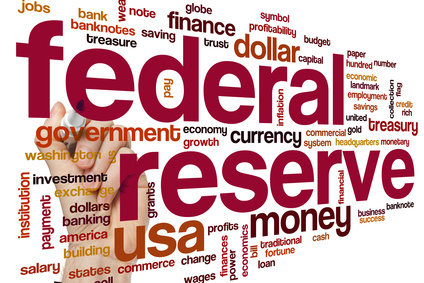The Federal Reserve meets today, amid widespread expectations that 1) there will be no rate changes at this meeting and 2) that the Fed will signal a move to higher rates as international financial stresses abate. US labor markets continue to improve. Stocks have retraced the bulk of the Jan/Feb losses. Commodities including oil have been edging higher. While the US economy is still subject to negative external shocks, it appears to have (temporarily) weathered the “risk off” move from the beginning of the year.
Once again, we take a look at what some of the interest rate spreads are telling us. Consider one-year Eurodollar calendar spreads. The spread between June’16 and June’17 settled at 35 bps. It started the year above 60 and settled as low as 9.5 on Feb 11. Essentially, it’s in the middle of the range. Sept’16 to Sept’17 settled 33.5 on Tuesday. Again, it started the year at 60 and traded as low as 13. Remember, the latter spread will capture much of the time period where the US will have a new president. If the market expected 2 hikes in a year, then the calendar spreads would be more like 50 bps. Instead, they are projecting only 1.5 hikes. Indeed, this may represent an opportunity as the Fed may end up being somewhat more aggressive in its hiking campaign than the market is projecting.
In terms of longer dated yield curve spreads, consider the two year vs ten year treasury yield spread. This spread closed at 100 bps Tuesday, was as low as 96 bps on Feb 29, and started the year a bit above 120. However, in the middle of last year the spread was around 175 bps. What does this flattening trend tell us? The spread reflects several factors. The longer dated ten year treasury yield should be more sensitive to inflation, so a flatter curve indicates less of an inflation premium. The steepness of this part of the curve also reflects whether the central bank is being tight (yield spread declines) or loose (yield spread increases). Every time Fed officials talk hawkishly, the curve has tended to flatten. Which means that the market thinks even modest tightening (as reflected in the one-year euro$ calendar spreads) will slow the economy and compress inflation expectations. Clearly the market currently is in a “show me” posture, wanting to see better economic data out of the US, the EU and China before moving to a more normalized curve. So…the Fed will remain data dependent, just as the market is. The spreads will begin to make steepening moves long before the Fed; ignore the noise and watch the spreads.
Alex Manzara





